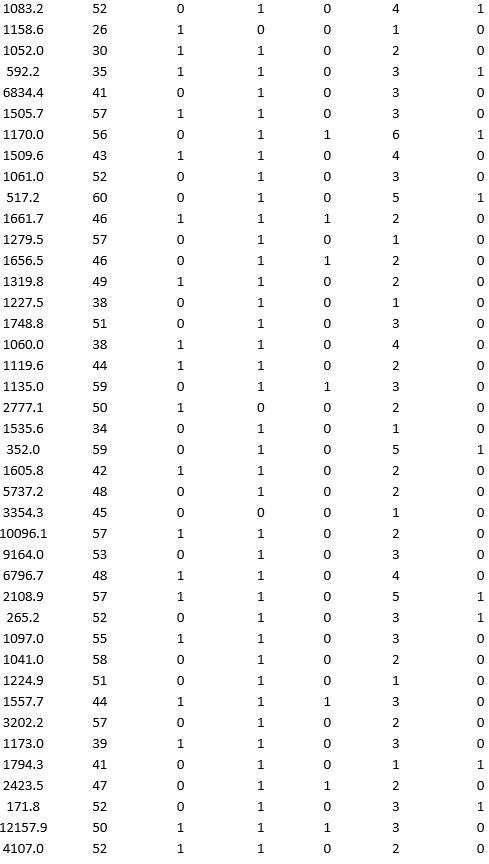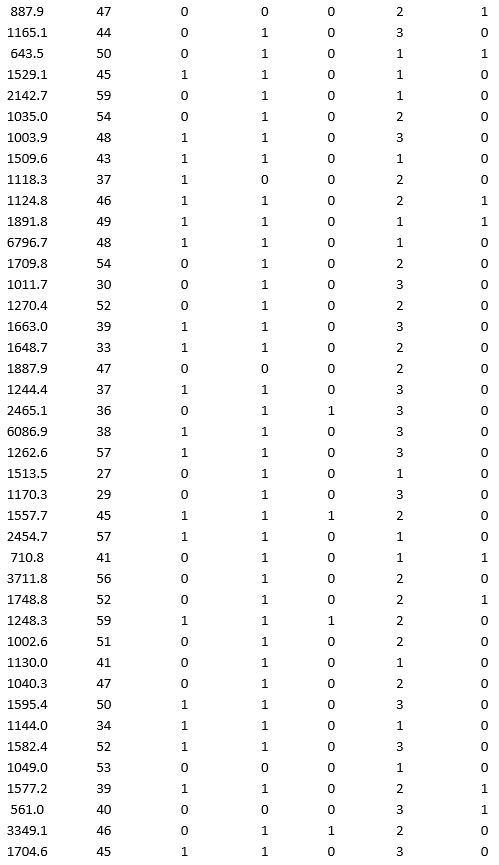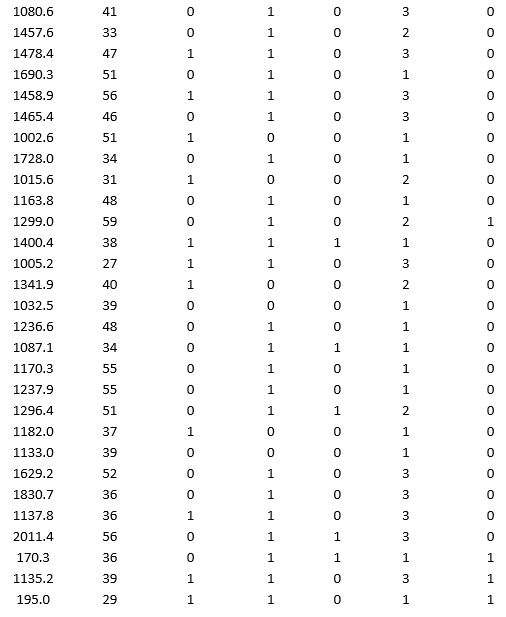A bank wants to understand better the details of customers who are likely to default the loan. In order to analyze this, the data from a random sample of 200 customers are given below:





In XLMiner's Partition with Oversampling procedure, partition the data so there is 50 percent successes (Loan default) in the training set and 40 percent of the validation data is taken away as test data. Fit a classification tree using Loan Default as the output variable and all the other variables as input variables. In Step 2 of XLMiner's Classification Tree procedure, be sure to Normalize input data, and set the Minimum #records in a terminal node to 1. In Step 3 of XLMiner's Classification Tree procedure, set the maximum number of levels to 7. Generate the Full tree, Best pruned tree, and Minimum error tree. Generate lift charts for both the validation data and test data.
a. Why is partitioning with oversampling advised in this case?
b. Interpret the set of rules implied by the best pruned tree that characterize loan defaulters.
c. For the default cutoff value of 0.5, what are the overall error rate, Class 1 error rate, and Class 0 error rate of the best pruned tree on the test data?
d. Examine the decile-wise lift chart for the best pruned tree on the test data. What is the first decile lift? Interpret this value.
Correct Answer:
Verified
c. The overall error rate is 10.00%...
View Answer
Unlock this answer now
Get Access to more Verified Answers free of charge
Q26: A _ classifies a categorical outcome variable
Q41: A bank wants to understand better the
Q42: A retailer is interested in analyzing the
Q43: As part of the quarterly reviews, the
Q44: A bank is interested in identifying different
Q46: A bank wants to understand better the
Q47: To examine the local housing market in
Q48: To examine the local housing market in
Q49: As part of the quarterly reviews, the
Q50: To examine the local housing market in
Unlock this Answer For Free Now!
View this answer and more for free by performing one of the following actions

Scan the QR code to install the App and get 2 free unlocks

Unlock quizzes for free by uploading documents